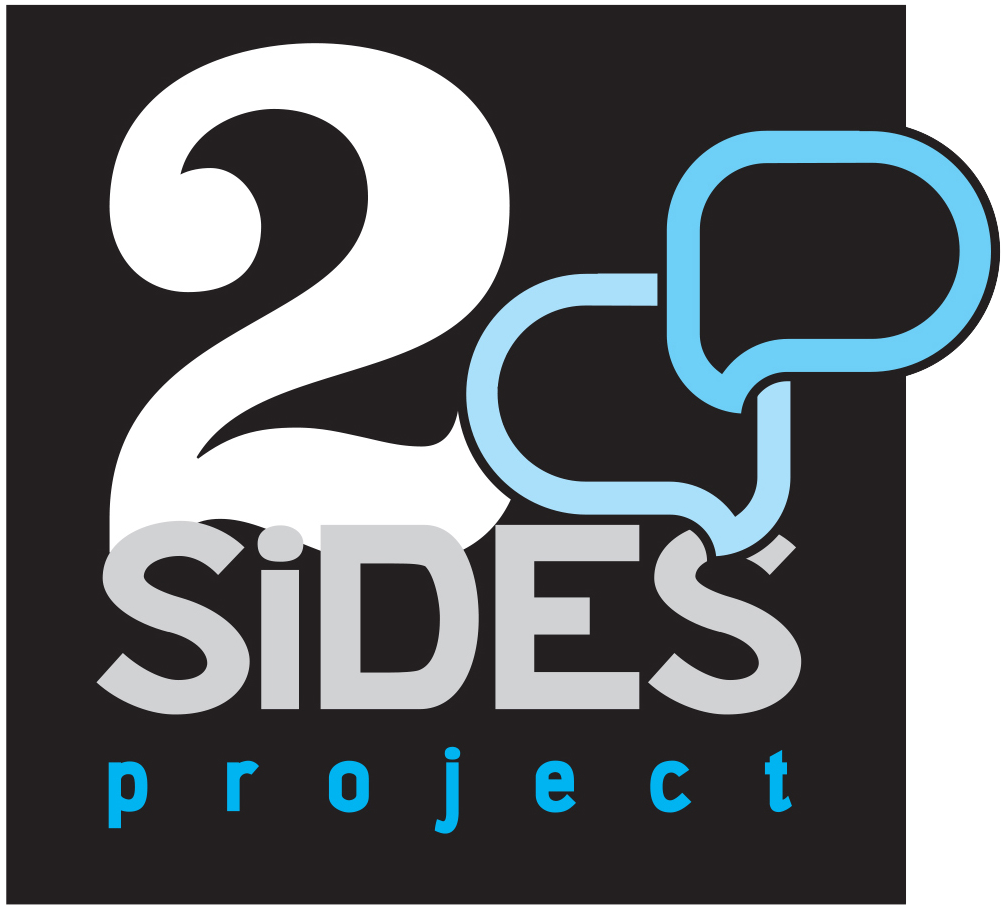A bunker at the Khe Sanh Combat Base. Photo by Anthony Istrico.
A week from today, President Obama will be in Vietnam. Everything we’re reading says he’ll focus on the future rather than the past. This forward-looking perspective is, of course, vital, but we know firsthand that the shadow of war is inescapable. Every battle starts in the past, and history directs where the first shot in the next war should land. Every conflict extends into the future, echoing in the minds, bodies and spirits of those who live on, long after their dead are gone.
We’ve met so many people who are living in the aftermath of the Vietnam/American War. There are the sons and daughters on both sides who never knew their fathers, but only feel that presence in the hole left in their families. There are the children born with defects, their bodies carrying forward the awful legacy of Agent Orange/dioxin. And there are the veterans on both sides who can never forget what they did, what happened to them, and who they left behind.
It’s this idea about the aftermath of war that got us thinking we should write a letter to the President. We had no idea how we’d get it into his hands. But sometimes a path just magically appears. Late last week, our contacts at the Department of Defense POW/MIA Accounting Agency (DPAA) said that National Security Advisor Susan Rice was looking for any letters from citizens that the President should see before his trip. They brought our letter forward. We learned this weekend that it’s been included in the briefing book that the President will read on his way to Vietnam.
The hope is our message, that a future with Vietnam must be guided by the past, will resonate with the President. It’s an idea expressed eloquently on the Hiroshima War Memorial, which Obama will also visit later in the week: “Let all the souls here rest in peace, for we shall not repeat the evil.”
May 2016
Dear Mr. President,
We are a group of sons and daughters who lost fathers in the Vietnam War, and we recently traveled to Vietnam with two aims: to visit the sites where our fathers were killed, and to meet the other side—Vietnamese sons and daughters whose fathers died fighting ours. After living in the shadow of the war for nearly 50 years and hearing only one side of the story, it was time to hear the other.
These were unprecedented meetings. We were nervous we’d receive a cool reception or encounter animosity. But some of the strongest encouragement for the idea came from the Vietnamese side. Dr. Hoang at the Embassy of Vietnam in Washington D.C. said that over the years, our countries had come together, “but our people have not, and your project can help.”
This people-to-people connection is what we sought in Vietnam, and it’s what we found. We were warmly welcomed by more than 20 sons and daughters throughout the country. We shared experiences, comforted each other, and found common ground. We agreed that our fathers would have been proud that we had come together. Our trip, which was featured on the front page of The New York Times on Christmas Day, was organized by the Vietnam USA Society, a group founded at the end of World War II as the first bilateral friendship organization for the people of Vietnam and the U.S. Their leaders have since become our partners, and our friends.
We know that part of your mission in going to Vietnam is to discuss ways to advance cooperation across many areas, including people-to-people cooperation. We’d love to share more about our experiences with you and Mrs. Obama on your return, and find out how we can extend this important effort in the future to others affected by the Vietnam War, and eventually to any child from any war.
We also hope that your focus for Vietnam includes action on the matter of Agent Orange/dioxin. It wasn’t until we went to Vietnam that we understood the killing continues today. Agent Orange/dioxin still causes birth defects and premature death among children, and kills those who were exposed to the chemicals during the war. While clean up has been underway for years, the U.S. has never truly finished the job. A future with Vietnam that doesn’t acknowledge the past or our own responsibility to help strengthen the country from the ground up will never be stable. Our hope is that you will commit the time and resources needed to help the Vietnamese finally clean the land of its poison, and create the strongest foundation for its future.
Before our visit, we knew only that Vietnam was the place where our fathers died. Now we know it’s so much more. May you too find it to be a place of great beauty, charm, and endless possibility.
Respectfully yours,
Margot Carlson Delogne, Daughter of Air Force Captain John W. Carlson, KIA (BNR, MIA) December 7, 1966 and founder of the 2 Sides Project. Contact details below.
Mike Burkett, son of Army SP4 Curtis Earl Burkett, killed on February 19, 1971 in Quang Ngai Province.
Patty Young Loew, daughter of HM1 Jack Young, Navy, killed near Da Nang on March 11, 1969.
Susan Mitchell-Mattera, daughter of James C. Mitchell Jr., killed near Cao Lanh City on January 8, 1970.
Ron Reyes, son of PFC Ronald Reyes (USMC 1st battalion / 9th Marines), killed at Khe Sanh on March 30, 1968.
Margaret Von Lienen, daughter of Navy pilot Robert Saavedra (MIA), shot down over the province of Ha Tinh on April 28, 1968.

